Home>Furniture & Design>Bathroom Accessories>What To Put Under Bathtub


Bathroom Accessories
What To Put Under Bathtub
Modified: March 25, 2024
Discover the best bathroom accessories to put under your bathtub for a stylish and functional space. Explore our top picks for a complete bathroom upgrade.
(Many of the links in this article redirect to a specific reviewed product. Your purchase of these products through affiliate links helps to generate commission for Storables.com, at no extra cost. Learn more)
Types of Bathtub Supports
When it comes to choosing the right support for your bathtub, there are several options to consider. Each type of support offers unique benefits and considerations, so it's essential to understand the differences to make an informed decision. Here are the most common types of bathtub supports:
-
Leg Supports: These are the traditional supports found on many standard bathtubs. They consist of adjustable legs that are attached to the underside of the tub. Leg supports provide stability and can be adjusted to ensure the bathtub is level, even on uneven flooring.
-
Base Frame Supports: This type of support involves a sturdy frame that surrounds the bottom of the bathtub. Base frame supports offer excellent stability and weight distribution, making them ideal for heavy or freestanding tubs. They also provide ample space for plumbing access.
-
Platform Supports: Platform supports are a popular choice for whirlpool or soaking tubs. They involve a solid platform that the bathtub sits on, providing a secure and level base. Platform supports are often used in conjunction with additional insulation to maintain water temperature.
-
Undermount Supports: Undermount supports are designed for undermount bathtubs that are installed beneath a tiled or stone surround. These supports ensure that the weight of the bathtub is evenly distributed and provide a secure mounting surface for the undermount installation.
-
Foam Supports: Foam supports are a versatile option that can be used in various bathtub installations. They consist of durable foam blocks that are placed under the bathtub to provide support and insulation. Foam supports are lightweight, easy to install, and help reduce noise and vibration.
Understanding the different types of bathtub supports is crucial for selecting the right option for your specific bathtub and installation requirements. By considering factors such as bathtub weight, flooring type, and installation method, you can choose the most suitable support to ensure the longevity and stability of your bathtub.
In the next section, we will delve into the essential considerations for choosing bathtub supports, providing valuable insights to guide your decision-making process.
Key Takeaways:
- Choose the right bathtub support based on weight, flooring, and installation method to ensure stability and longevity. Consider materials like stainless steel, treated wood, and acrylic for reliable support.
- Properly align, secure, and insulate bathtub supports for a stable and comfortable installation. Follow manufacturer guidelines and consider plumbing and drainage for seamless functionality.
Read more: What To Put Under A Trampoline
Considerations for Choosing Bathtub Supports
When selecting the appropriate supports for your bathtub, several crucial considerations come into play. These factors play a pivotal role in ensuring the stability, longevity, and functionality of your bathtub installation. By carefully evaluating these considerations, you can make an informed decision that aligns with your specific needs and preferences.
Bathtub Weight and Size
The weight and size of your bathtub are fundamental factors that directly impact the type of support required. Heavier bathtubs, such as cast iron or stone models, necessitate robust supports that can bear the weight without compromising stability. Similarly, larger bathtubs may require additional reinforcement to distribute the weight evenly and prevent structural strain over time. Understanding the dimensions and weight of your bathtub is essential for selecting supports that can effectively accommodate these specifications.
Flooring Type and Condition
The type and condition of the flooring where the bathtub will be installed play a significant role in determining the suitable supports. For instance, if the flooring is uneven or prone to movement, adjustable leg supports may be necessary to ensure the bathtub remains level and stable. Additionally, considerations for plumbing access and insulation may influence the choice of supports, especially when installing freestanding or platform-supported bathtubs.
Installation Method
The method of installation, whether alcove, freestanding, undermount, or corner installation, greatly influences the selection of bathtub supports. Each installation method requires specific support considerations to ensure proper alignment, stability, and weight distribution. For example, undermount supports are tailored for seamless integration with undermount bathtubs, providing a secure mounting surface and even weight distribution for the installation.
Read more: What To Put In A Bathtub For Relaxation?
Long-Term Durability and Maintenance
Prioritizing long-term durability and ease of maintenance is crucial when choosing bathtub supports. Opting for corrosion-resistant materials, such as stainless steel or treated wood, can enhance the longevity of the supports, mitigating the risk of deterioration due to moisture exposure. Additionally, considering the accessibility for potential maintenance or repairs is essential for ensuring the continued stability and functionality of the bathtub supports over time.
Aesthetic and Design Considerations
While functionality and stability are paramount, considering the aesthetic and design elements is also important. The chosen supports should complement the overall design scheme and style of the bathroom, seamlessly integrating with the visual appeal of the space. This may involve selecting supports with finishes that harmonize with other fixtures or opting for discreet support solutions that do not detract from the bathtub's aesthetic presence.
By carefully evaluating these considerations, you can confidently select the most suitable supports for your bathtub, ensuring a secure, stable, and visually appealing installation that meets your specific requirements. The next section will explore the various materials commonly used for bathtub supports, providing valuable insights into their unique properties and benefits.
Materials for Bathtub Supports
The materials used for bathtub supports play a pivotal role in determining the stability, durability, and overall performance of the installation. Selecting the right materials ensures that the supports can effectively bear the weight of the bathtub while withstanding environmental factors and the test of time. Here are the most common materials used for bathtub supports, each offering unique properties and benefits:
Stainless Steel
Stainless steel is a popular choice for bathtub supports due to its exceptional strength, corrosion resistance, and longevity. Supports made from stainless steel provide robust reinforcement, effectively distributing the weight of the bathtub while withstanding moisture exposure in wet environments. The sleek, modern appearance of stainless steel supports also complements various bathroom designs, making them a versatile and aesthetically pleasing option.
Read more: What Kind Of Foam Under Bathtub
Treated Wood
Treated wood, such as pressure-treated lumber or specially treated hardwood, is often utilized for bathtub supports, particularly in freestanding or platform installations. The treated wood offers a combination of strength and resistance to moisture, making it suitable for supporting heavy bathtubs while mitigating the risk of decay or warping. Additionally, the natural warmth and texture of wood supports can add a touch of organic elegance to the overall aesthetic of the bathroom.
Acrylic or Fiberglass Composite
Acrylic or fiberglass composite supports are favored for their lightweight yet durable characteristics. These materials provide reliable support for various types of bathtubs while offering ease of handling during installation. Additionally, acrylic and fiberglass composite supports are resistant to moisture and are less susceptible to corrosion, making them an ideal choice for wet environments such as bathrooms. Their versatility and compatibility with different bathtub materials make them a practical option for a wide range of installations.
Engineered Plastic
Engineered plastic supports, such as high-density polyethylene (HDPE) or polypropylene, offer a lightweight and cost-effective solution for bathtub support requirements. These materials are known for their resistance to moisture, chemicals, and impact, making them suitable for supporting bathtubs in diverse settings. Engineered plastic supports are easy to work with and can be customized to accommodate specific installation needs, providing a flexible and reliable support solution.
Composite Materials
Composite materials, which combine various elements such as resin, fiberglass, and natural fibers, offer a balance of strength, durability, and aesthetic appeal. Composite supports provide stable reinforcement for bathtubs while offering design flexibility and resistance to environmental factors. The composite nature of these materials allows for tailored support solutions that align with specific bathtub requirements, making them a versatile choice for custom installations.
By understanding the unique properties and benefits of these materials, you can make an informed decision when selecting the most suitable supports for your bathtub. The choice of materials significantly influences the stability, longevity, and visual impact of the installation, ensuring a secure and reliable foundation for your bathtub. In the following section, we will delve into the essential aspects of installing bathtub supports, providing valuable insights to guide you through the installation process.
Read more: What To Put Under Artificial Grass
Installation of Bathtub Supports
The installation of bathtub supports is a critical phase that directly impacts the stability, functionality, and longevity of the entire bathtub assembly. Proper installation ensures that the bathtub is securely supported, level, and able to withstand the rigors of everyday use. Here are the essential aspects to consider when installing bathtub supports:
Preparation and Planning
Before commencing the installation, thorough preparation and planning are paramount. This involves carefully assessing the designated installation area, ensuring it is level and structurally sound to support the weight of the bathtub and the chosen supports. Additionally, identifying the specific support requirements based on the bathtub type, size, and installation method is crucial for a successful installation.
Alignment and Leveling
Ensuring proper alignment and leveling of the bathtub supports is fundamental for a stable and secure installation. This involves meticulously positioning the supports to evenly distribute the weight of the bathtub and aligning them according to the manufacturer's specifications. Utilizing leveling tools and shims may be necessary to achieve precise alignment, especially in cases where the flooring is uneven or sloped.
Secure Attachment
The secure attachment of the supports to the bathtub and the surrounding structure is vital for long-term stability. Depending on the support type and material, this may involve using appropriate fasteners, adhesives, or brackets to firmly attach the supports to the underside of the bathtub and the adjacent walls or framework. Ensuring a robust and secure attachment minimizes the risk of shifting or movement over time.
Read more: What To Put Under Trampoline On Grass
Plumbing and Drainage Considerations
Integrating plumbing and drainage considerations into the installation of bathtub supports is essential for seamless functionality. This involves creating access points and clearances within the supports to accommodate the plumbing fixtures and drainage components. Proper alignment and clearance for the plumbing connections ensure that the bathtub can be effectively connected to the water supply and drainage system without interference from the supports.
Insulation and Sound Dampening
Incorporating insulation and sound dampening measures within the supports contributes to the overall performance and comfort of the bathtub installation. This may involve applying insulating materials or utilizing specialized support designs that minimize noise and vibration transmission. Effective insulation and sound dampening enhance the bathing experience while reducing operational noise and maintaining water temperature.
Compliance with Manufacturer Guidelines
Adhering to the manufacturer's guidelines and recommendations for installing bathtub supports is imperative to ensure warranty compliance and optimal performance. This includes following specific instructions regarding support placement, attachment methods, and any additional requirements outlined by the bathtub manufacturer. Compliance with these guidelines safeguards the integrity of the installation and mitigates potential issues in the future.
By meticulously addressing these aspects during the installation of bathtub supports, you can achieve a secure, stable, and functional foundation for your bathtub. Proper installation not only enhances the performance and longevity of the bathtub but also contributes to a safe and enjoyable bathing experience.
Frequently Asked Questions about What To Put Under Bathtub
Was this page helpful?
At Storables.com, we guarantee accurate and reliable information. Our content, validated by Expert Board Contributors, is crafted following stringent Editorial Policies. We're committed to providing you with well-researched, expert-backed insights for all your informational needs.
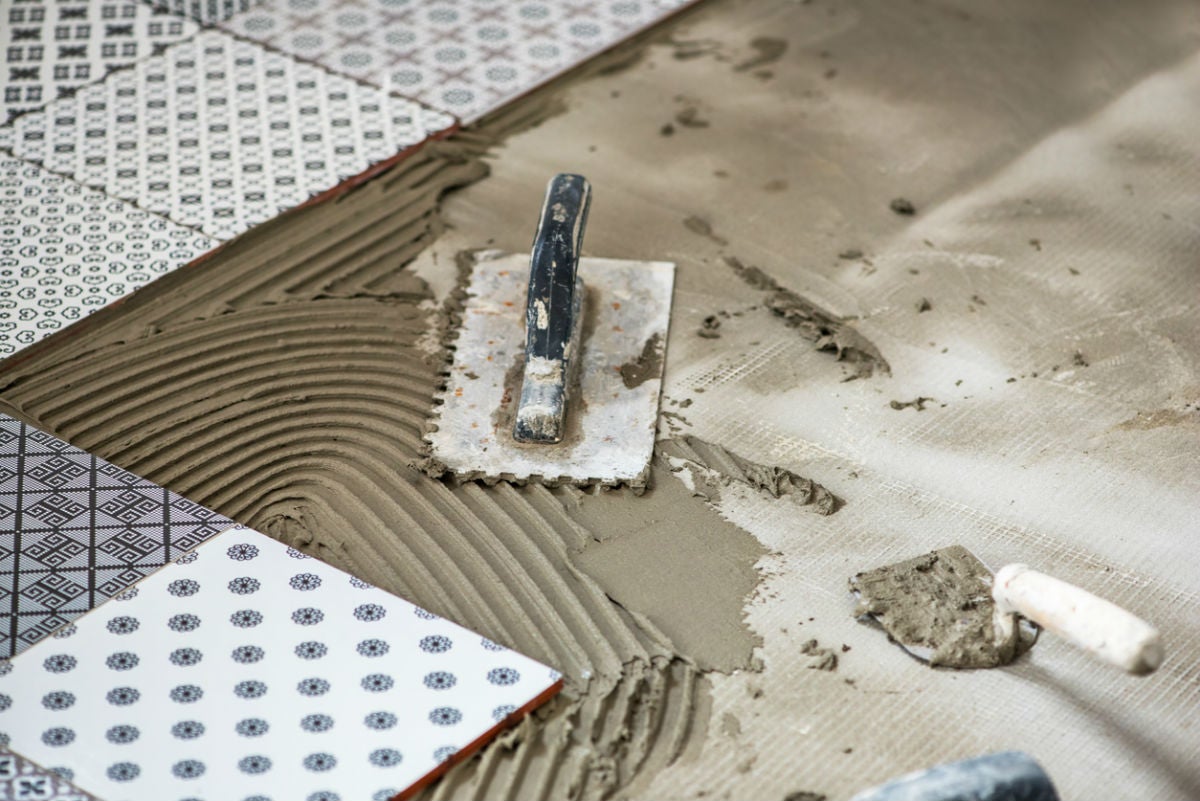


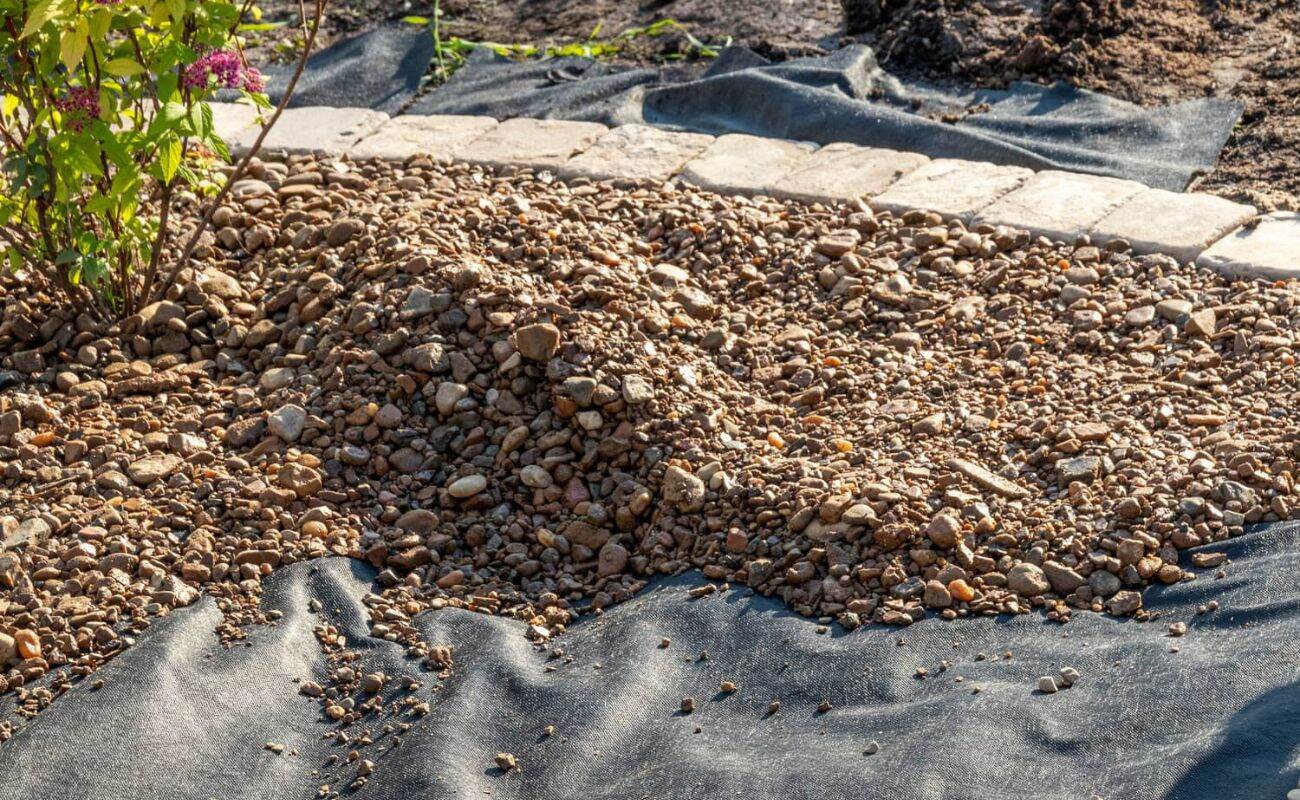
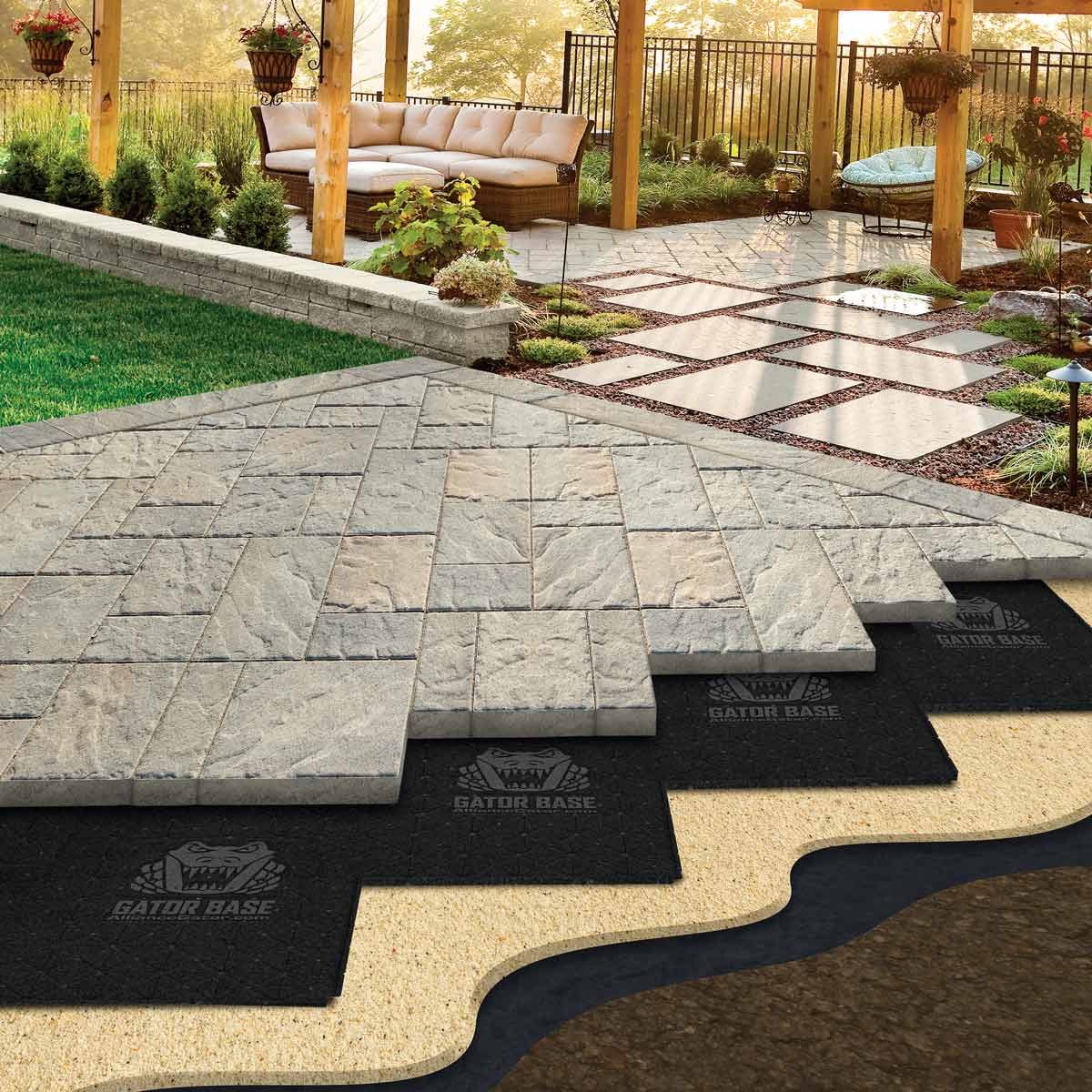

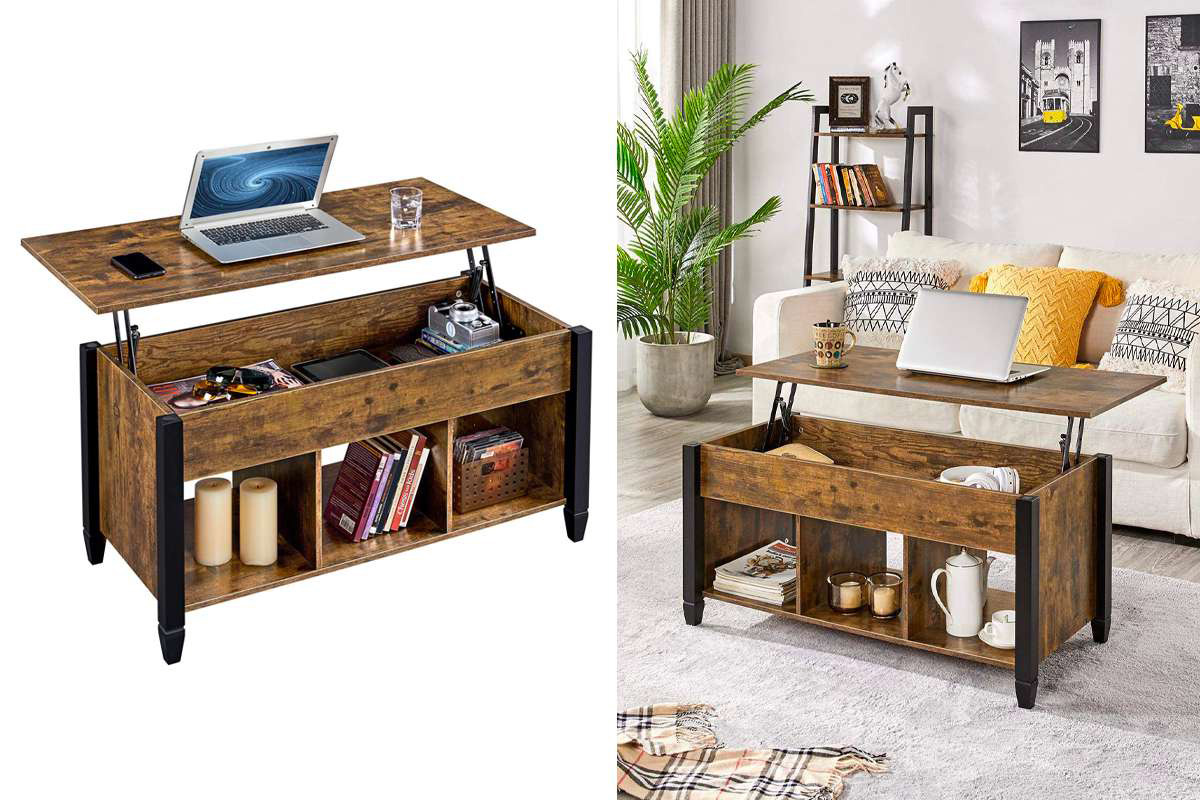
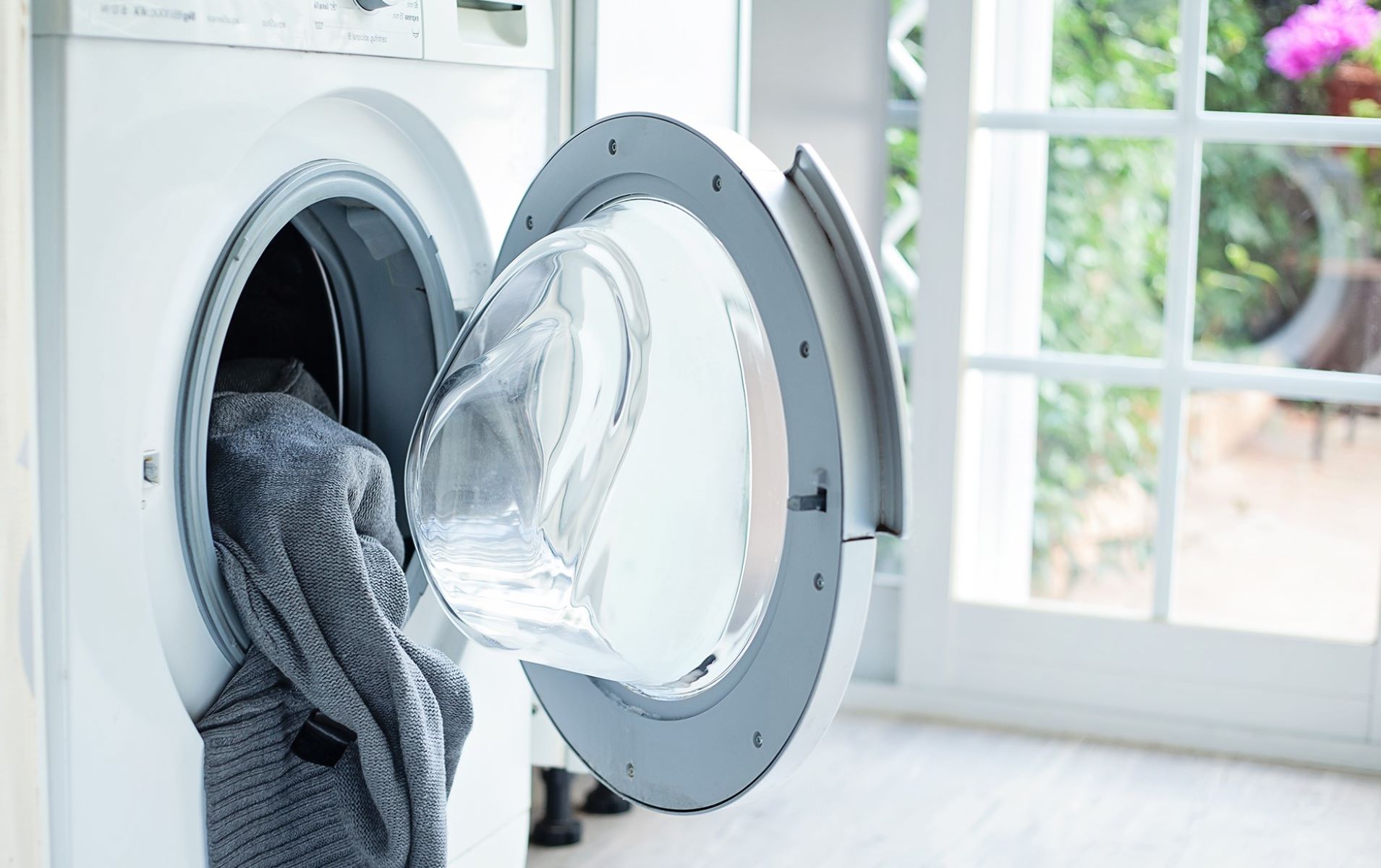


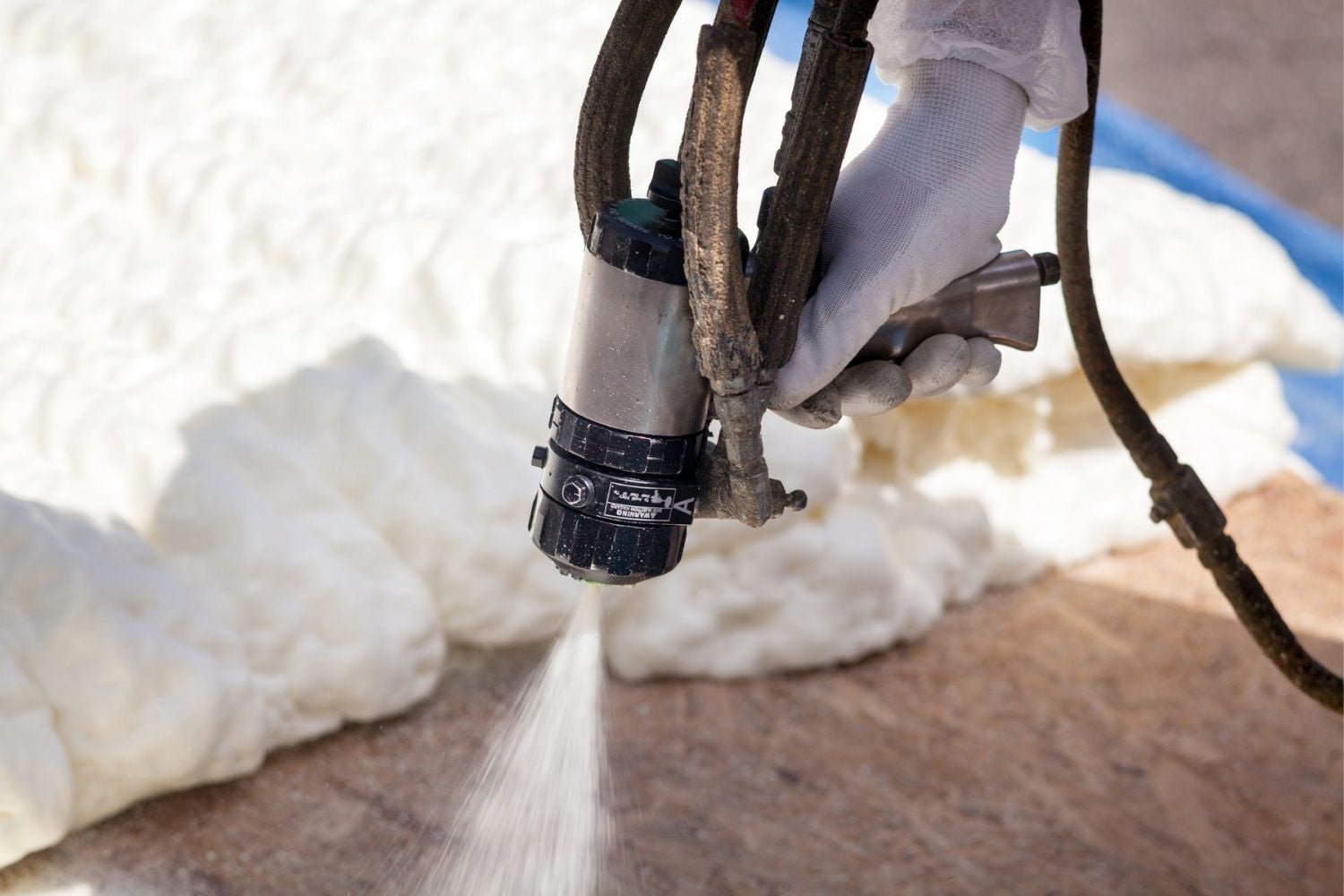

0 thoughts on “What To Put Under Bathtub”